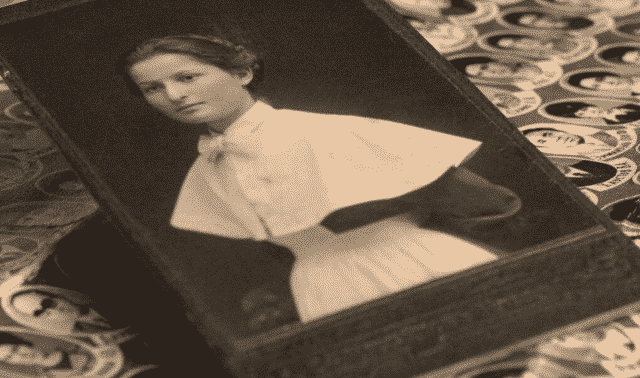Follow these tips when examining photos for clues:
- To get a good look at details, scan photos at a high resolution and zoom in on your computer. You also could examine them with a photographer’s loupe.
- For women, focus on hat, hairstyle, neckline, sleeve shape, bodice shape and length, skirt shape and length, and jewelry and other accessories.
- For men, pay attention to hat, hair, facial hair, collar, necktie, lapels, waistcoat, trouser length, and overall silhouette (whether jackets and pants are narrow or roomy).
- Keep in mind that younger women generally adopted new styles more quickly than more mature women, who tended to wear older styles.
- Fashion trends hit cities and upper classes sooner, but even rural women and those of limited means would remake dresses or add accessories. Some photography studios kept shawls and hats for patrons to borrow.
- Compare clothing in your photos to those in the book Dressed for the Photographer by Joan Severa. Old Sears Roebuck catalogs (accessible online with an Ancestry.com subscription) are another great resource.
- Wedding photos can trip you up if the bride wore her mother’s or grandmother’s gown. Look for other clues, such as the man’s outfit, props and a photographer’s imprint, to confirm the date.
- Immigrants often abandoned their full ethnic dress after arriving in America, but occasionally wore accessories such as caps, head scarves and mantillas in photos. Robert Harrold’s Folk Costumes of the World (Sterling Publishing Co.) shows examples of ethnic dress.
- Our 19th-century ancestors would usually dress in their best outfits and visit a studio to have a portrait made. Candid snapshots became common later, with the advent of easy-to-use, affordable cameras.
From the May/June 2012 issue of Family Tree Magazine



